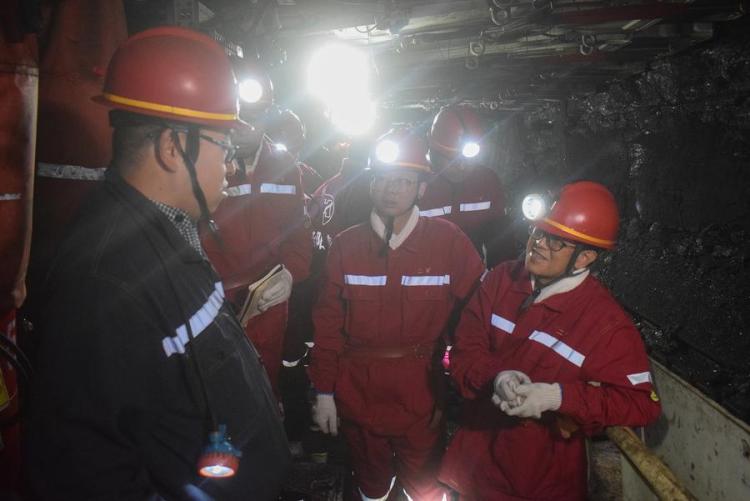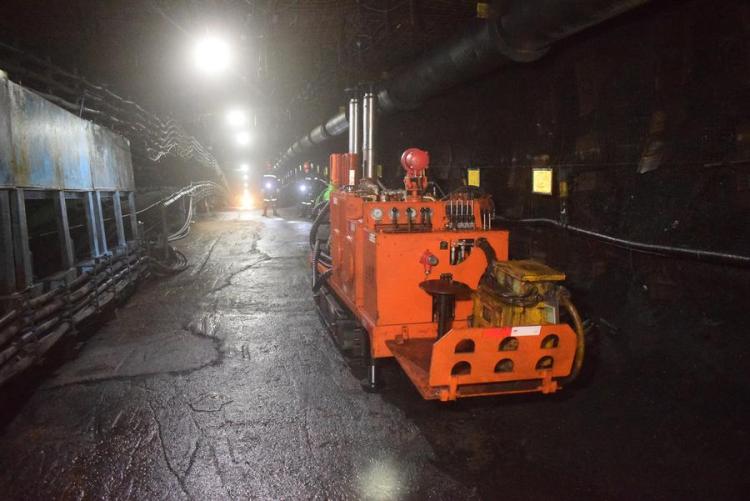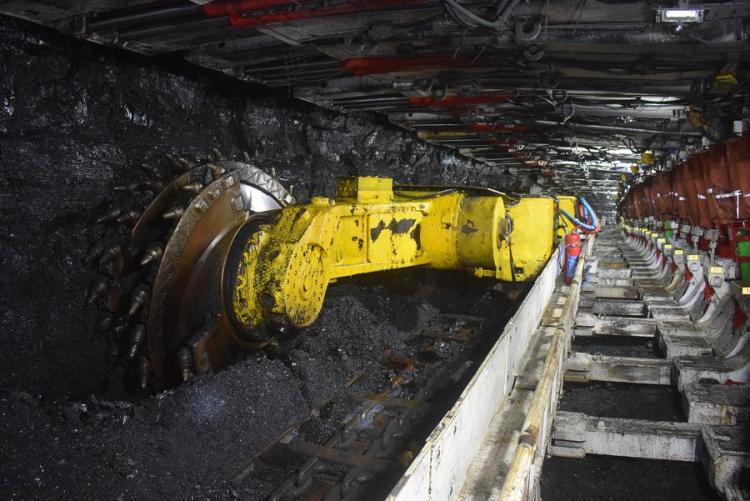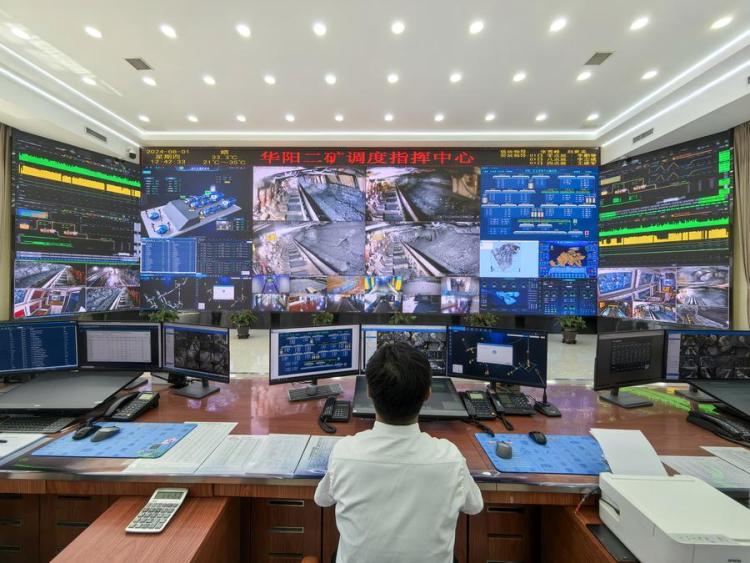Source:Xinhua 2024-08-07

TAIYUAN, Aug. 5 (Xinhua) -- Before descending over 400 meters underground into this coal mine in north China's Shanxi Province, the first thing I noticed was the newly designed work attire.
These uniforms are made of 100 percent cotton to prevent static electricity, with multiple sections reinforced with special materials to enhance tear resistance. Reflective strips are added on clothes to ensure visibility in low-light conditions, and steel bars are installed in the boots to protect against crushing.
Ahead of entering the Huayang No.2 Coal Mine in Yangquan City, I donned the uniform. I was told the design had been tailored based on feedback and suggestions from the employees.
After a safety briefing, I joined some coal miners on a 20-minute bus ride to a vertical shaft. We descended 415 meters to the bottom of the mine in about a minute using a cage-shaped elevator.
My first impression of the coal mine was vastly different from what I had imagined. Rather than being dark, sultry and dusty, the environment was fresh and clean, with a cool breeze continually blowing in. Bright lights illuminated the underground alley.
Zhang Xuefeng, vice production manager of the coal mine, told me that a system of air and liquid pipes eliminates dust through water spraying and atomization, while three sets of electric motors are used to ensure sufficient lighting.

After a 30-minute underground transit ride, we arrived at the operation areas. In the mine tunnel, pipes are drilled at intervals of approximately every two meters. Zhang explained that these devices are used for gas extraction.
"We need to drill drainage holes in the coal seams. Gas is extracted through ground-based pumping stations and then transported to a nearby power plant for utilization," he said.
In the past, workers risked danger while detecting gas locations with handheld devices. Now, sensors are installed throughout the mine, enhancing safety and increasing precision in both locating gas and measuring its concentration, Zhang added.
Initially, I felt quite scared, having learned about the dangers of coal mine collapses from books and movies. However, Zhang reassured me by explaining the safety measures in place. Communication devices are connected to the ground, thick hydraulic brackets support the mine shaft, and a steel-structured ceiling prevents potential coal lumps from falling.

As I explored the interiors, I was amazed by the beauty of the black coal, which shimmered with a sparkling sheen. In the coal seam, I saw a large turntable with numerous "steel teeth" on its circumference. This is the "head" of a 15-meter-long mining machine. Once extracted, the coal is transported via a nearby automatic conveyor belt.
"When a command signal is issued from the production dispatch center above ground, the mining machine will begin operating," said Han Hongwen, head of the coal mining preparation team. "Machines replace humans in the most hazardous work environments, thereby reducing labor intensity and enhancing safety for workers."
Han is responsible for guiding workers on safety procedures and overseeing intelligent operations. Each month, he spends 16 days inspecting and monitoring equipment underground, promptly identifying and addressing potential hazards.
Zhang noted that while people earlier used baskets and mules to transport coal, mechanization and intelligent systems have since been introduced.
The current annual output of Huayang No.2 Coal Mine stands at 8.1 million tonnes, which is used in the metallurgy, power, chemical, and building material industries.
"Over the past more than 70 years, coal output has increased, automation in coal mining has seen advancements, and workers have seen higher incomes," said Zhang, adding that while mining still requires human labor, they come with specialized knowledge due to the complex underground conditions and challenging signal transmission in some areas.

During this visit, I practically saw safe, smart and clean coal mine operations. It felt as if I was witnessing new quality productive forces more than 400 meters underground. As a traditional sector, coal mining continues to evolve, boasting high-tech, high-efficiency and high-quality features.
Coal is a non-renewable resource that will eventually be exhausted. Therefore, it is essential for mining enterprises to adopt scientific mining methods and foster innovation.
Under China's commitment to the dual carbon goals of peaking carbon emissions by 2030 and achieving carbon neutrality by 2060, this coal mine owned by Huayang New Material Technology Group is undergoing a green transformation.
In addition to coal production, the company is also engaged in new materials and new energy sectors, including sodium batteries, photovoltaics, carbon fiber and biodegradation.
Copyright © Xizang Daily & China Xizang News All rights reserved
Reproduction in whole or in part without permissions prohibited
Index Code: 藏 ICP 备 05000021 号
Producer: Xizang Daily International Communication Center